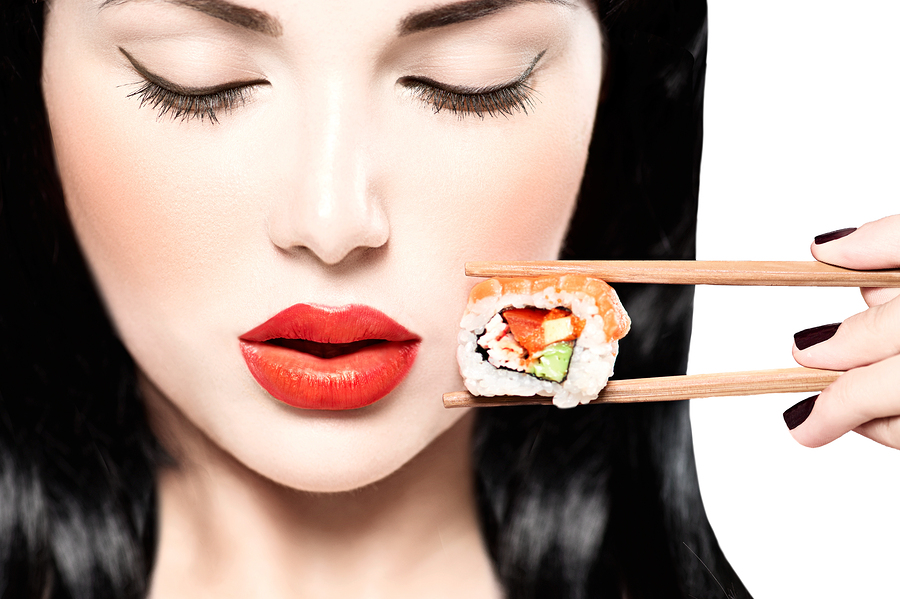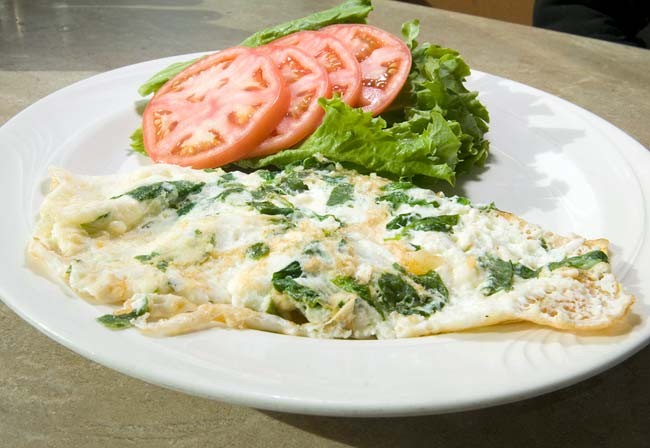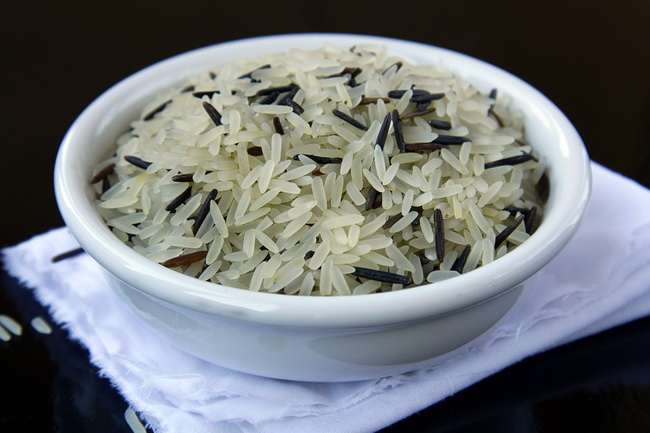- Make It Yourself Lavender Heart-Shaped Bath Bombs!
- 20 Things You Never Knew About “Down There”
- 12 Best Foods For Those Suffering From Arthritis Pain
- 12 Personal Hygiene Mistakes Almost Everyone Makes (Mom Never Told You About #4!)
- 15 Medicinal Plants And Herbs From The Cherokee People
- 12 Mind-Blowing Benefits Of Drinking Coconut Water During Pregnancy
- 12 Outstanding Winter Foods That Won’t Fatten You Up Like A Christmas Turkey
10 Secret Reasons Why The Japanese Never Seem To Get Old Or Fat

Photo credit: bigstock.com
Chances are good that you already know that Japanese men and women live longer than just about anyone else on the planet. You might believe that this is due to genetics, but the truth is that the Japanese have a healthier lifestyle, including their diet and overall lifestyle patterns.
The Japanese are also finding that modern day life has its own challenges. When they adopt a more modern, Western lifestyle and diet, their health suffers.
However, the traditional Japanese lifestyle has yet to be abandoned. The principles that the Japanese have followed for centuries all play a vital part in the “fountain of youth” formula that keeps them looking younger, living longer and living healthier than just about anyone else.
Keep reading and find out the 10 almost-forgotten secrets of the Japanese people. We have so much to learn!
1. A Different Attitude about Food
For Americans, it’s all about that number on the scale and dieting. For the Japanese, it’s more about enjoying a wide variety of foods, and there are almost no thoughts about weight. The introduction of American fast foods and desserts have brought weight problems that the Japanese never had to consider before, but when the traditional diet is followed, the Japanese diet allows the body to reach a natural weight by itself.
Continue to Page 2

Photo credit: bigstock.com
2. The Original Japanese Diet
First off, the typical Japanese diet starts at home. There are no complicated restaurant meals that take a great deal of time. A traditional meal consists of a bit of steamed rice, vegetables, grilled fish (sometimes chicken), a bowl of miso soup, and green tea. If something sweet is desired, fresh fruit is usually chosen. Restaurant meals are saved for special occasions.
3. Light Cooking Style
Japanese meals are generally either stir-fried, grilled over an open flame, simmered or sautéed. They like heart-healthy oils and don’t cook using high temperatures for long periods of time. The Japanese believe that just a bit of spice, sauce or dressing is the key to better tasting foods. They like to taste the freshness of the food, not the flavor of the sauce or spice. Deep fried foods are unheard of in a traditional diet.
4. Smaller Portions
Americans consume portions that are meant for two or more people. If you have ever gone to a Japanese restaurant, you probably noticed that it comes in small but pretty bowls, that plates are not completely filled, and that each dish is served on its own plate. Food is arranged so that it looks pleasing, and the Japanese typically stop eating when they are feel about 80 percent full.
Continue to Page 3

Photo credit: bigstock.com
5. Breakfast Power
As in America, breakfast is considered to be an important meal, and a variety of food is served in small dishes. Usually a bowl of miso soup, which is rich in healthy probiotics, is served along with a variety of other dishes. No one would dream of leaving home without breakfast nor would they consider a donut a decent breakfast! A typical breakfast would include miso soup, perhaps with some scallions and tofu, an egg omelet, and perhaps some steamed rice.
6. Emphasis is Not on What They Want
Japanese supermarkets are filled with whatever is in season and fresh, not whatever they feel like they want at the time. The Japanese buy their meat, fish, and vegetables with labels that tell them not just the day they were packaged, but by the half hour time frame that they were brought to the store! Americans are very used to having anything they want, which means that many of them do not appreciate having, say, strawberries in January. The Japanese eat and appreciate what is in season.
7. Few Desserts
Desserts, sugary and huge in size, are very uncommon in Japan. Although desserts can be served, they tend to be small in size and only consumed on special occasions. Most Japanese consume fresh fruit as snacks or after meals. This isn’t to say that you can’t find chocolate, ice cream and red-bean cakes — they are readily available. However, the Japanese seem to understand that these foods are addicting, and they are shown the respect that they deserve.
Continue to Page 4

Photo credit: bigstock.com
8. Rice Instead of Bread
You will almost never find bread in a Japanese home. Steamed rice is served with almost every meal and, therefore, no bread is needed. Brown rice is also sometimes served but most often, it is plain steamed white rice that is a staple with every meal.
9. A Japanese Kitchen is Stocked with …
There are a few things that every Japanese kitchen has so there is always something on hand to eat. They vary tremendously from the average American kitchen — to say the least. A typical kitchen in Japan will have:
- Fish
- Green tea
- Sea vegetables
- Fruit
- Green vegetables
- Rice
- Soy
- Soy sauce
READ ALSO: Miraculous Japanese Drink to Burn Fat, Stop Cancer, and More!
10. Exercise is a Part of Life
Most of the Japanese people are in good health and in excellent physical condition at almost every age. This is probably because they incorporate plenty of ways to get exercise each and every day into their lives. The Japanese have created a healthy environment for getting in some activity every day, such as walking areas in every part of town, bike paths for easy access to work and shopping malls, hiking, and generally just staying as active as possible. The Japanese don’t look at exercise as a chore, but rather as a pleasure in which everyone should partake.
You don’t have to be Japanese to enjoy the benefits of their lifestyle. We can all learn so much about living a healthier life from the Japanese. By eating fresh fish, fruits, vegetables and some rice or noodles, getting exercise every day and changing our focus from weight and dieting to eating healthy and enjoying life, perhaps we can all hit the magic 100-year-old mark.
References:
































